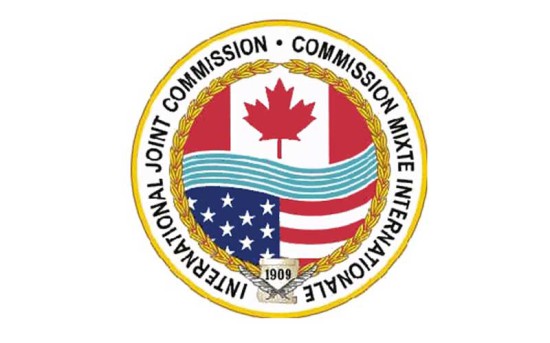ONTARIO—Restore Our Water International (ROWI) and the Sierra Club Ontario (SCO) are criticizing the International Joint Commission (IJC) draft Great Lakes Regional Adaptive Management Plan as being insufficient for solving the current low water crisis on Lakes Michigan and Huron and Georgian Bay.
The IJC recently finished conducting webinars on their proposed plan and has sought public comments. The IJC plan calls for improvements in monitoring climate change effects across the Great Lakes region and management of water levels and flows throughout the system. The IJC plan, however, does not include any distinct actions to remedy persistent low water levels on Lakes Michigan and Huron, including Georgian Bay, which are significantly lower than the other Great Lakes, a ROWI-SCO joint release indicates.
ROWI was recently formed as an umbrella group of stakeholder organizations in the US and Canada to advocate for restoration of a natural water level range across the Great Lakes and a responsible solution to the relative imbalance in the levels of Lakes Michigan and Huron. All nine Great Lakes chapters of the Sierra Club have agreed on the need to restore Lakes Michigan-Huron water levels responsibly in consideration of both upstream and downstream conditions.
ROWI and SCO acknowledge that adaptive management approaches need to be implemented to improve management of Great Lakes water resources. Adaptation to changing climate conditions can include dredging in harbours, changes in outflow controls from Lakes Superior and Ontario and long-term planning for infrastructure repairs and replacements by coastal communities. However, any adaptive management plan needs to immediately address installation of flexible compensation structures in the St. Clair River to restore lost water on Lakes Michigan and Huron. These lakes have been permanently lowered by at least 50 centimeters, or 20 inches, due to past dredging and sand/gravel mining over the last 80 years, even though both the US and Canadian governments agreed in the 1960s to compensate for human changes to the river’s conveyance, the release notes. Compensation structures could include installation of underwater sills (or speed bumps) and other types of structures that can hold water upstream.
“At no time should adaptive management be used as a surrogate for the restoration of the natural water level ranges on Lakes Michigan and Huron that have been lowered by water loss caused by the increased conveyance capacity of the St. Clair River,” said Mary Muter, chair of the Great Lakes Section of Sierra Club Canada.
“Are we just going to keep dredging to bedrock and blasting below that before our governments solve the St. Clair River outflow problem? Furthermore, due to the IJC’s failure to tell the two federal governments to fix the St. Clair River issue, massive expenditures of funds are being called for in both the US and Canada to dredge harbours and marinas across the Lakes Michigan and Huron basin. The mayors on Georgian Bay alone have estimated the cost of protecting the local economy by ensuring water access and municipal water supply at $500 million for this year alone,” stated Ms. Muter.
“We need a long term solution to this ongoing loss of water from these two important lakes,” said Roger Gauthier, chair of ROWI and a retired US Army Corps of Engineers senior hydrologist and a program director for the Great Lakes Commission.
“It is time our governments acted to finally complete the terms of the outstanding bi-national agreement to install compensation structures in the St. Clair River to offset increased outflows caused by navigation dredging and sand mining in the river. President Obama and Michigan’s Governor Snyder have both been working to provide tens of millions of dollars to assist Lakes Michigan and Huron marinas and harbours that have to dredge. They have failed so far, though, to support permanent solutions to the current low water crisis on Lakes Michigan and Huron,” Mr. Gauthier stated.





